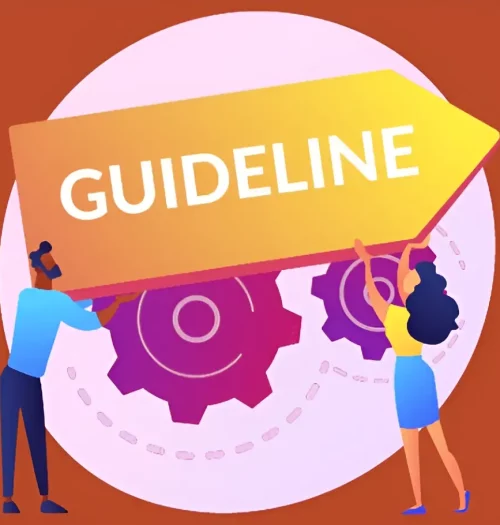
Related Post

Enhancing Customer Experience through Loan Origination System
Digitalization has shaken up the lending industry over the last

Navigating Through The 2022 RBI Digital Lending Guidelines
Overview This article explores the unique compliance requirements that distinguish

Navigating Through The Regulatory Compliances for NBFCs
Overview Regulatory compliance for Non-Banking Financial Companies (NBFCs) has undergone

